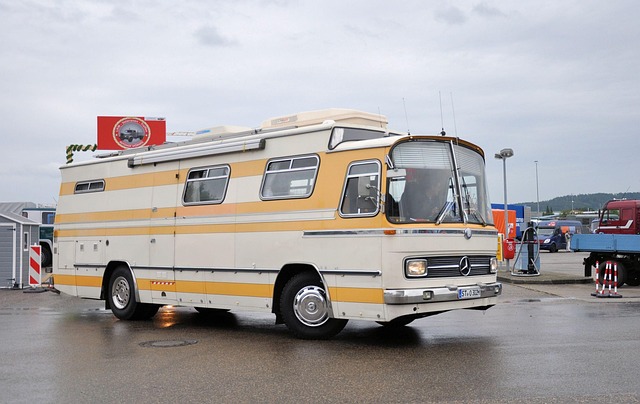Learn how to register your car in California with our step-by-step guide. This comprehensive process outlines the essential requirements, from gathering necessary documents for a DMV visit to completing a registration application and paying fees. A crucial step is performing a Vehicle Identification Number (VIN) verification, which ensures accuracy. Follow these instructions to successfully navigate the process and hit the roads legally in California.
- Understand California Car Registration Requirements
- Gather Necessary Documents for DMV Visit
- Perform Vehicle Identification Number (VIN) Verification
- Complete Registration Application at the DMV
- Pay Registration Fees and Receive Your Plate
Understand California Car Registration Requirements

Before registering your car in California, it’s crucial to understand the state’s specific requirements. The California Department of Motor Vehicles (DMV) mandates several steps, including a thorough vehicle inspection and verification of the Vehicle Identification Number (VIN). This process ensures that all cars on California roads meet safety standards and are properly identified.
One key component is the DMV’s VIN verification, which checks the authenticity and history of your car. You can opt for a traditional vin inspection at a designated location or consider using a mobile vin verifier for added convenience. This digital solution allows you to complete the verification process from the comfort of your home or on the go, saving time and effort while ensuring compliance with California’s registration guidelines.
Gather Necessary Documents for DMV Visit

Before visiting your local California DMV, it’s crucial to gather all necessary documents for a seamless registration process. This includes bringing along the vehicle’s title, which proves ownership, and ensuring it’s free from any liens. Additionally, you’ll need proof of insurance, often in the form of an insurance card or policy document. For a faster process, consider having your vehicle’s Vehicle Identification Number (VIN) verified beforehand – this can be done through a mobile vin inspection or using a mobile vin verifier.
Another essential step is to check if there are any outstanding issues with your car, such as unpaid tickets or repairs required for safety. The DMV will perform a DMV vin verification during the registration process, so ensuring your vehicle’s history is clean will save you time and potential headaches.
Perform Vehicle Identification Number (VIN) Verification

Before registering your car in California, it’s crucial to perform a Vehicle Identification Number (VIN) verification. This step is essential as it ensures that the vehicle matches the details on its registration documents. You can initiate this process by visiting the California Department of Motor Vehicles (DMV) website or using their mobile apps for a convenient mobile VIN verification. The DMV provides guidelines and resources to help you through this, making it accessible whether you’re at home or on the go with your mobile VIN inspector.
By comparing the VIN from your vehicle with the information in the DMV’s system, you can ensure that the car is genuine and has not been reported as stolen. This verification process plays a vital role in securing your investment and ensuring compliance with California’s registration requirements.
Complete Registration Application at the DMV

To register your car in California, the first step is to complete the Registration Application at your local DMV office. This process involves providing essential documents and information about your vehicle. You’ll need to present proof of ownership, such as a bill of sale or previous registration, along with valid identification like a driver’s license or state ID. Additionally, you must undergo a DMV vin verification, which confirms the Vehicle Identification Number (VIN) of your car for accuracy and authenticity.
During this process, you can also opt for a mobile vin inspection or use a mobile vin verifier to streamline the verification step. This service allows you to check the VIN online or via an app, ensuring a quicker and more convenient experience while registering your vehicle in California.
Pay Registration Fees and Receive Your Plate

After completing your vehicle’s registration application at the California DMV, it’s time to pay the registration fees. These fees vary depending on the type and age of your vehicle. Once your payment is processed, the DMV will issue your vehicle’s license plate. The plates are typically assigned based on geographical region within California.
You can opt for a standard tag or consider specialized options like personalized plates for an additional fee. Before you receive your physical license plates, the DMV conducts a VIN verification process to ensure the vehicle’s details match the registration information. This step is crucial and often done through a mobile vin inspection or using a trusted mobile vin verifier to confirm the vehicle’s identity and history.
Registering a car in California involves several straightforward steps, from understanding the state’s requirements to paying fees. By gathering the necessary documents, performing a DMV VIN verification, completing an application, and receiving your license plate, you’ll have a legal and registered vehicle in no time. Remember, accurate and up-to-date information is crucial during this process, so stay organized and ensure every detail is correct.
